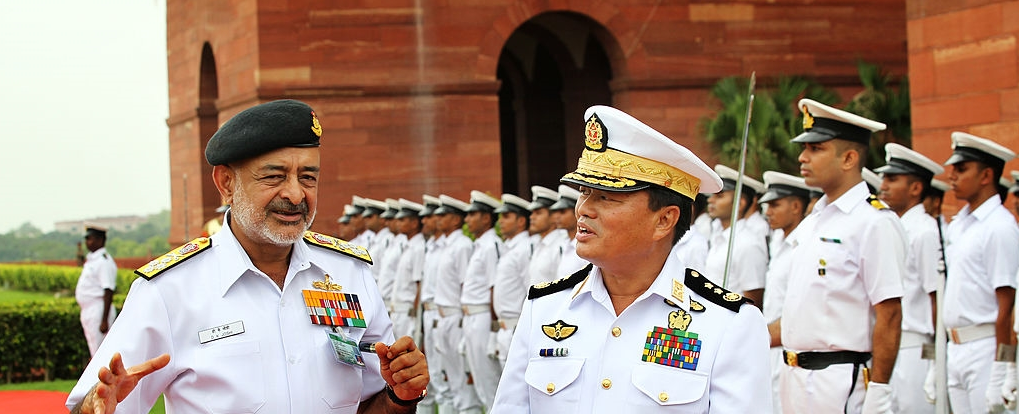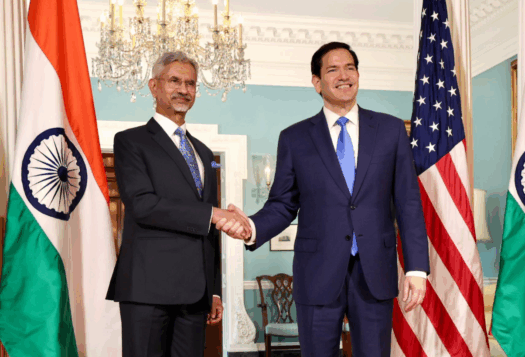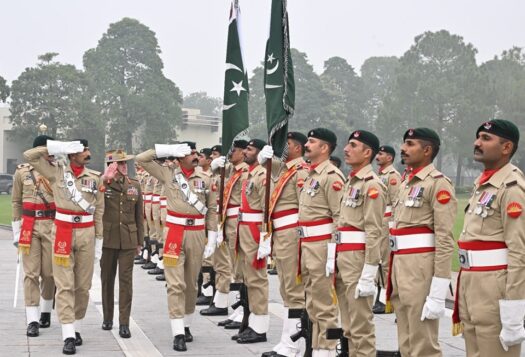
Recently, India conducted an operation against insurgent groups which are said to have their base behind the India-Myanmar border. The aftermath of the operation saw some from within the government claim it to be an act of “hot pursuit,” while others refrained from climbing on the bandwagon. Conflicting claims were made about the operation being across or “along” the border, and whether it was an act of retribution for the 18 slain Indian soldiers, or an operation that was executed after months of planning. According to Ajay Shukla, the Indian army has conducted several operations inside Myanmar over the past decades with tacit agreement, but has been careful not to embarrass Myanmar by refraining from public statements that lead to the interpretation that Myanmar’s sovereignty had been violated. In the case of the recent operation, the statement was once again succinct and carefully worded:
“In view of the imminent threat, an immediate response was necessary. Based on intelligence, we conducted operations to counter these planned assaults. Early this morning, the Indian Army engaged two separate groups of insurgents along the Indo- Myanmar border at two locations, along the Nagaland and Manipur borders. Significant casualties have been inflicted on them. As a consequence, threats to our civilian population and security forces were averted.”
But this norm of careful deployment of words was not observed by many in the government, including statements by Defence Minister Manohar Parrikar, who attributed the success and the operation itself to the newfound resoluteness in the government, and Minister of State for the Ministry of Information and Broadcasting Col. (Ret’d) Rajyavardhan Singh Rathore, who said “it is undoubtedly a message to all nations that harbor any intentions – be it the west or the specific country we went into right now.” Since then, the government has received flak for its loudmouthed trumpeting of the army’s operation, which could potentially raise the hackles of a friendly neighbor and jeopardize operations in the future.
But whether government heads are pursuing a broader strategic objective, or whether recent actions have had (unintended) strategic ramifications, remains to be seen. In particular, the Defence Minister has been on a spree in belting out a slew of aggressively worded statements indirectly referring to Pakistan. Indian Prime Minister Narendra Modi has not been as aggressive, but has upped the pressure on Pakistan with public statements that incriminate Pakistan for incubating terrorism in South Asia.
Many analysts dismiss the idea that India could conduct a similar operation across the Line of Control (LoC) against Pakistan, whose military is a much more potent and professional adversary and has nuclear weapons.
India could possibly be aiming to deploy the threat of cross-border action to deter cross-border endorsement of terrorist activities. As Thomas Schelling explores in The Strategy of Conflict, there are many elements to such a strategy. First, the threat must be credible, the one who threatens must demonstrate the commitment to execute such a threat; second, there must be a promise of reward or benefit to induce the threatened towards an alternate course of action that is to the advantage of the one who chooses to threaten; and finally, the threat must be communicated to the adversary (Schelling, 1980). The irrational behavior that has been on display by the Indian government could actually be a ploy to achieve deterrence vis-à-vis Pakistan for sub-conventional attacks against India under the nuclear cover. By publicly toeing an aggressive line they may have either intentionally or unintentionally “burn[ed the bridges]” behind them (Schelling, 1980, p. 18-19).
Not every threat achieves deterrence. Some are more credible than others, and some demonstrate more commitment than others. Sometimes the degree of expected response (less or more) can make the adversary take the threat more seriously than other times. Surely previous statements by the Indian government have been able to communicate the threat, and they have invited Pakistani reprisal as well, but statements alone do not achieve deterrence.
India displayed some level of irrationality in the aggressive statements that threatened cross-border action against Pakistan. ‘Irrationality’ can be put to good use. Traditionally India has been the ‘rational actor’ that has had to gulp down the threat by an ‘irrational’ Pakistani security state apparatus who have threatened nuclear escalation at the slightest hint of conventional retaliation, but it is now time to turn the table on Pakistan. I am not advocating that India actually go to full-fledged war. Rather, I am drawing from Thomas Schelling’s work on the exploitation of potential force, rather than efficient application of force. Coming back to the elements of such a strategy, India has intentionally or unintentionally demonstrated the credibility of its threat by publicly stating its willingness to conduct cross-border operations.
But what about demonstrating the commitment and communicating it to the adversary? In the aftermath of the operation, a slew of statements in the media referred to the operation as an act of retribution or hot pursuit. Scholars and military analysts immediately expressed cynicism about this being a model of action that could be replicated against all countries. However, they are too focused on the execution of the threat rather than the use of the threat itself.
Demonstrating the commitment to execute the threat is the next important element of the strategy. Pakistan may try to test the resolve of India to carry out the threat, or it may even posit a counter-threat to impose a cost on India to deter it from responding with cross-border action. Failure on the part on India to respond may convince Pakistan that India’s threat was just rhetoric and encourage Pakistan to call India’s bluff. It would not be surprising if Pakistan conducts some type of provocation on the LoC in the coming months to test India’s reaction. Former president General (Ret’d) Pervez Musharraf, dexterous in the matters of statecraft, was not being insane when he alluded that they (Pakistan) had not built the nuclear weapons for show. He was indicating an escalation, a nuclear counter-threat. In theory, India could demonstrate its commitment by conducting operations in Afghanistan. This would both demonstrate India’s willingness to conduct the threat while feigning irrationality to the counter-threat made by Pakistan. It is difficult to threaten an irrational actor because he cannot comprehend the threat or the commensurate magnitude of the response by the rational actor (Schelling, 1980, p. 11).
The last element is the promise of a benefit which could sway Pakistan away from its present policy choice. If the threat is not accompanied with a promise, Pakistan may simply opt for a lose-lose scenario. This benefit could be the offer of imparting some momentum to the Composite Dialogue Process (CDP).
If India wishes to make its cross-border operations threat credible, India must demonstrate its willingness to operationalize the threat of cross-border action in the short-term and make the offer for a minor concession in the medium-term. The objective must be to evade inviting a test of will, failure to do this will encourage Pakistan to call the bluff.
***
Image: Ajay Aggarwal-Hindustan Times, Getty


